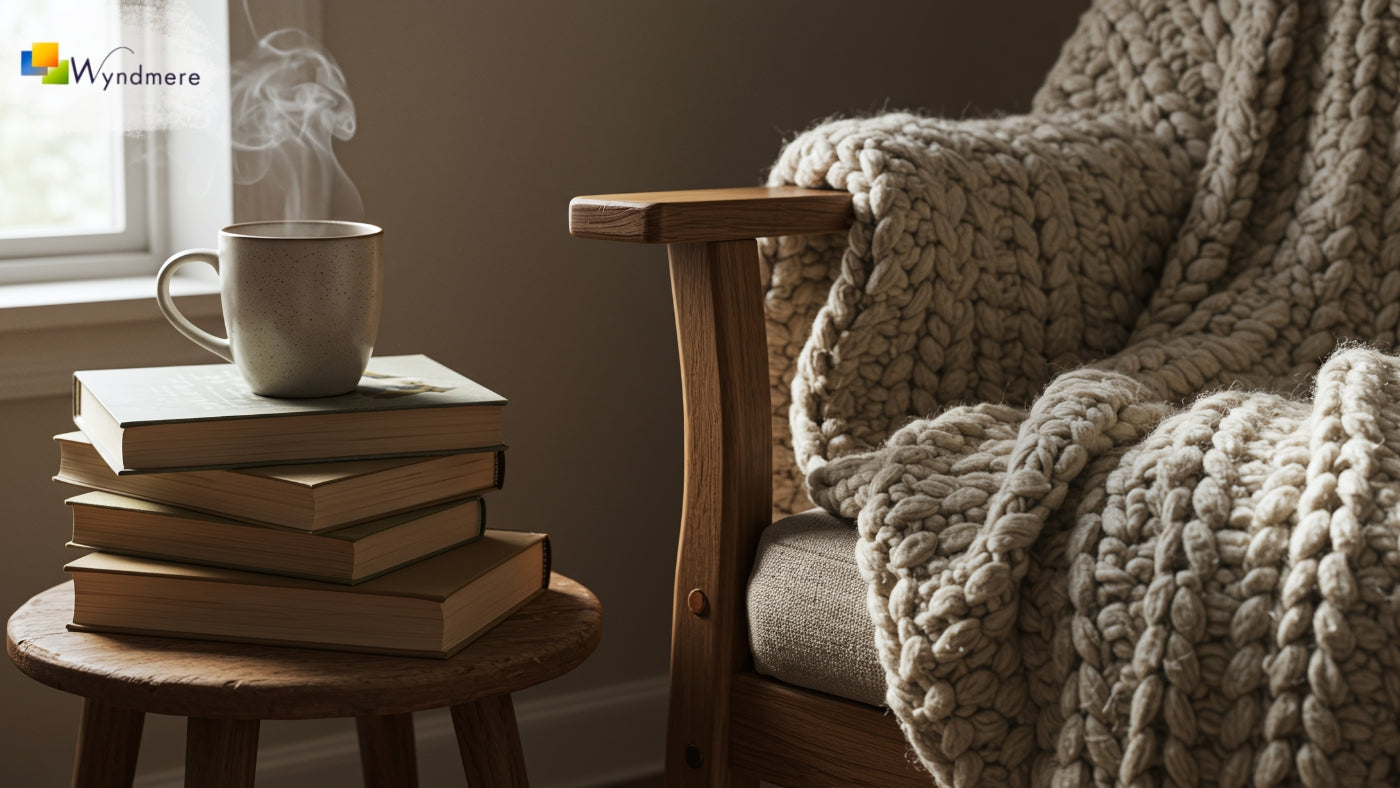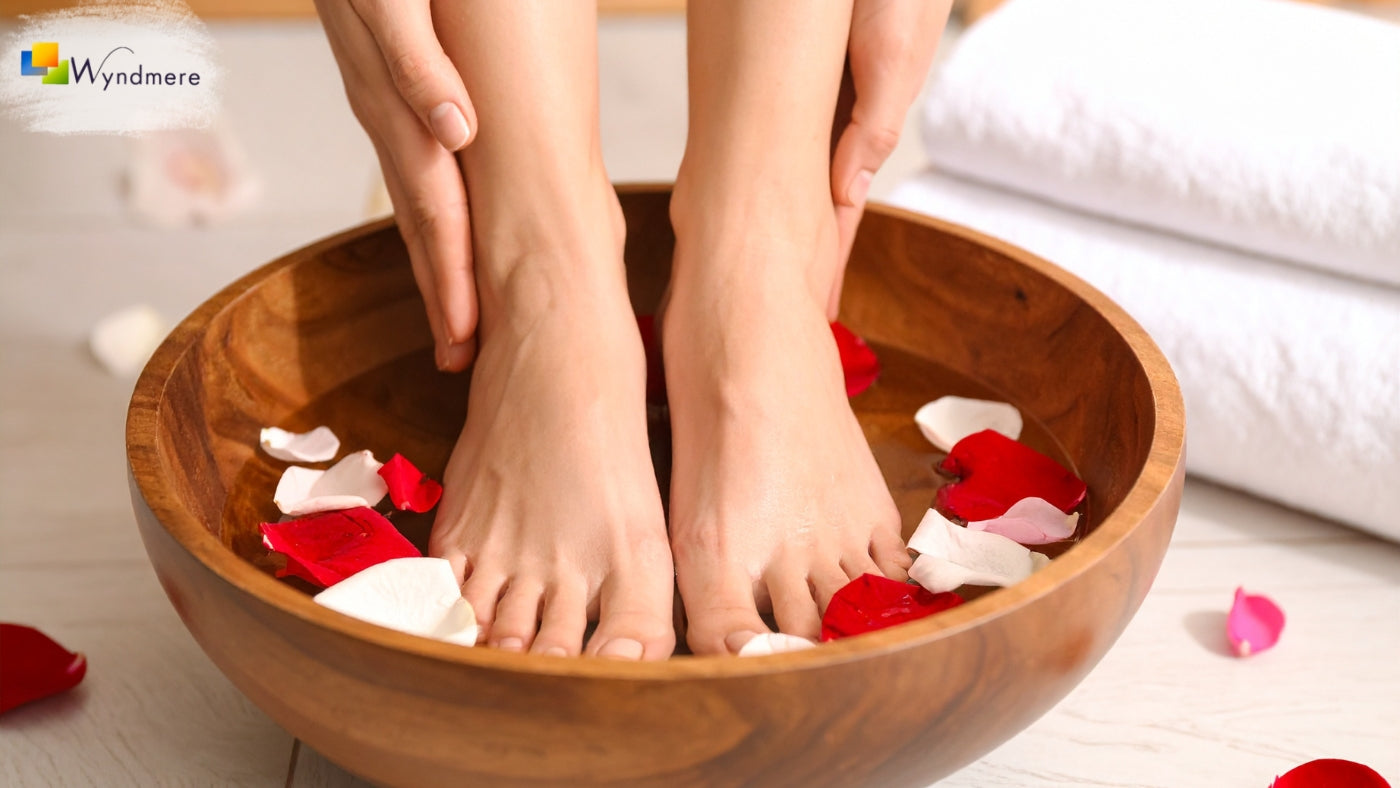Essential oils can make your home feel calm, fresh, and comforting.
Maybe you love the gentle scent of lavender before bedtime or the clean aroma of citrus in the morning.
But when it comes to using essential oils around children, it’s important to slow down and think about safety first.
Children’s bodies are more sensitive than adults.
Their skin is thinner, their airways are smaller, and their systems are still developing.
Even a small amount of essential oil can feel too strong for them.
Knowing how to use oils properly helps you enjoy their benefits without risking your child’s comfort or health.
Why Safety Matters
Essential oils are powerful plant extracts.
One drop can contain the strength of several plants.
That’s why it’s so important to handle them carefully around little ones.
Using the right oils, in the right way, makes all the difference between a soothing experience and one that’s too intense.
Which Oils Are Safe and Which to Avoid
Some essential oils are gentle enough for children when used correctly.
Lavender, chamomile, sweet orange, and frankincense are great choices because they help calm and relax.
Peppermint, eucalyptus, rosemary, clove, and cinnamon should be avoided for young kids because they can irritate their skin or affect breathing.
When you’re unsure about an oil, check reliable sources or ask your pediatrician before use.
Start Slow and Test First
Always do a patch test before using an oil.
Mix one drop with a carrier oil such as coconut or sweet almond oil, then apply it to a small area of your child’s skin.
Wait a full day to see if any irritation appears.
If everything looks fine, try diffusing the oil instead of putting it on the skin.
Run the diffuser for ten to fifteen minutes in a well-ventilated area and see how your child reacts.
Diluting Essential Oils Properly
Dilution keeps essential oils gentle and safe for young skin.
Use a carrier oil to reduce their concentration.
A light scent is all you need.
For infants, use half a percent dilution or one drop per two teaspoons of carrier oil.
For toddlers, use one percent dilution or one drop per teaspoon.
For older children, up to two percent is usually enough.
Apply only to safe areas such as the soles of the feet or the back of the neck and avoid the face, chest, or hands.
Avoiding Common Mistakes
Some oils are simply too strong for babies and toddlers, so keep peppermint, eucalyptus, and cinnamon away until your child is older.
Never add oils directly to bathwater since oil and water don’t mix.
The drops can stick to the skin and cause irritation.
If you want a scented bath, mix the oil with a dispersing agent like milk or unscented soap first.
Avoid over-diffusing.
Running your diffuser for long periods can overwhelm a child’s senses.
Keep it short and always make sure there is fresh air in the room.
Pay attention to signs like coughing, fussiness, or redness, these mean it’s time to stop and give your child a break.
Creating a Calming Routine
A few drops can go a long way in creating a peaceful environment.
Try diffusing lavender or chamomile before bedtime.
You can also make a simple linen spray by mixing one drop of lavender oil with an ounce of water and lightly misting bedding.
Turn off your diffuser once your child falls asleep since long exposure isn’t necessary.
Safe Storage Tips
Store essential oils in a cool, dark place out of reach and sight of children.
Use bottles with tight, child-proof caps and keep them in a secure cabinet or high shelf.
Proper storage protects both your child and the quality of your oils.
A Helpful Addition, Not a Replacement
Essential oils can complement your family’s wellness routine, but they are not medical treatments.
Use them to support calmness and comfort, not as a substitute for professional care.
If your child feels unwell or shows unusual symptoms, contact your pediatrician before using any oil.
Final Thoughts
Essential oils can make your home smell wonderful and help create a peaceful atmosphere for your family.
When you use them safely, they can become a gentle part of your child’s daily routine. Start slow, use the right oils, and always dilute properly.
A little care goes a long way in making sure your family enjoys all the natural comfort essential oils can bring.








Leave a comment (all fields required)